Introduction to Air Coolers
Air coolers, often referred to as evaporative coolers, are devices designed to lower indoor air temperatures through the principle of evaporation. Unlike traditional air conditioning systems that rely on refrigerants and compressors, air coolers utilize the natural process of water evaporation to cool air. This fundamental difference not only distinguishes air coolers from air conditioning units but also reflects their eco-friendly approach to cooling spaces.
At the core of an air cooler’s design are several essential components, including a fan, a water pump, and cooling pads. The water pump circulates water from a reservoir, allowing it to soak the cooling pads. As hot air is drawn into the unit by the fan, it passes through these wet pads, leading to the absorption of heat from the air. This process results in a significant drop in temperature, delivering cool and fresh air to the surrounding environment. The efficiency of this mechanism is influenced by various factors, including humidity levels and air flow, making air coolers particularly effective in arid climates.
A key feature of air coolers is the speed control knob or switch, which plays a critical role in regulating both airflow and cooling efficiency. By adjusting the speed of the fan, users can tailor the intensity of the airflow to suit their comfort levels. Higher fan speeds typically result in a greater volume of cooled air being circulated throughout a room, while lower speeds may serve to maintain a gentle breeze. This adaptability not only enhances personal comfort but also optimizes energy consumption, making air coolers a practical choice for households seeking cost-effective temperature regulation.
In essence, air coolers provide an innovative alternative to traditional air conditioning systems, offering both cooling benefits and energy efficiency. The introduction of the speed control knob further elevates their functionality, allowing users to customize their cooling experience effectively.
The Role of the Speed Control Knob/Switch
The speed control knob or switch in an air cooler is a critical component that enables users to regulate the airflow according to their comfort needs. Acting as the interface between the user and the cooling system, this knob facilitates varying the fan speed, thereby influencing the volume and velocity of the air distributed throughout the living space. The mechanics of this feature typically involve a simple electrical circuit that adjusts the power supplied to the fan motor, allowing for variable speed settings which can be fine-tuned to suit different conditions.
When the speed control knob is adjusted, the change in air velocity directly impacts the air circulation within a room. A higher speed setting can produce a more robust airflow, which is particularly beneficial on sweltering days, as it enhances evaporative cooling and improves indoor comfort. Conversely, if a user opts for a lower setting, it results in quieter operation and reduced energy consumption, making it ideal for cooler evenings or during periods of less heat. This flexibility is crucial as it allows homeowners to balance comfort with energy efficiency.
Moreover, the ability to control cooling performance through the speed control knob not only fosters energy savings but also prolongs the lifecycle of the air cooler. By avoiding excessive strain on the cooler’s motor through appropriate speed adjustments based on ambient temperature and humidity, users can minimize wear and tear, ultimately enhancing the reliability of the unit. The functionality of the speed control knob thus embodies a crucial aspect of air cooler design, warranting recognition for its influence on ease of use, comfort, and energy management in home cooling systems.
Types of Speed Control Mechanisms
Air coolers come equipped with various speed control mechanisms that enable users to tailor the airflow to their specific needs. Understanding these mechanisms is crucial for optimizing cooling efficiency and user comfort. The primary types of speed control options include standard knob systems, electronic controls, and remote control configurations.
The standard knob system is the most traditional form of speed control found in many air cooler models. This mechanism typically features a simple rotary knob, allowing users to select from a range of speed settings. The advantages of this system include ease of use and low maintenance, as it does not rely on complex electronics. However, the downside lies in its limited functionality, as users must manually adjust the knob to change speeds, which can be inconvenient in larger spaces.
Next, the electronic controls offer a more sophisticated approach to speed management. These controls usually come with digital displays and buttons, providing precise adjustment options for airflow. Electronic systems often feature multiple settings, enabling users to fine-tune the cooling experience based on the room temperature or personal comfort level. Although they may require more initial investment and are prone to potential electronic failures, they often allow for better energy efficiency.
Finally, the remote control options have gained popularity in recent years. These systems enable users to adjust the cooler’s speed from a distance, adding a layer of convenience. With remote controls, users can change settings without the need to approach the unit. However, such systems might be more expensive, and the additional dependency on remote devices could lead to complications if the remote gets lost or malfunctions.
In summary, the selection of speed control mechanisms in air coolers significantly impacts user experience and efficiency. Understanding the pros and cons of each type can help consumers make informed decisions suited to their lifestyles.
Benefits of Adjustable Speed Control in Air Coolers
Adjustable speed control in air coolers offers several advantages that enhance user experience and optimize functionality. With the ability to customize airflow according to personal preferences or environmental conditions, users can attain a higher level of comfort. For instance, on hot days, a higher speed setting can deliver powerful airflow to quickly cool the environment, while a lower speed may suffice during milder weather. This flexibility allows for individual comfort settings tailored to specific times and preferences.
Another significant benefit of having an adjustable speed control knob is increased energy efficiency. By allowing users to select optimal speed settings, air coolers can operate more economically. Lowering the speed when the temperature is moderate can lead to considerable energy savings, which is beneficial for both the environment and one’s electricity bill. This not only minimizes power consumption but also contributes to a more sustainable way of cooling spaces.
Moreover, adjustable speed settings contribute to lower noise levels. Many air coolers operate at various decibel levels depending on the speed selected. Users who prefer quiet operation, such as during the night, can utilize a lower speed to ensure minimal noise disruption. This feature can be particularly important in environments where silence is required, such as bedrooms or offices.
Lastly, adjustable speed control helps extend the lifespan of the equipment. By reducing the operational strain on the motor when lower speeds are used, wear and tear are minimized. This can lead to fewer maintenance requirements and replacements over time, ultimately saving users from unexpected repair expenses. Practical scenarios highlight how these advantages cumulatively enhance the air cooler’s performance and user satisfaction, making adjustable speed control an important feature for modern cooling solutions.
Tips for Using the Speed Control Effectively
The air cooler speed control knob is an essential feature that significantly influences the unit’s performance and energy efficiency. To maximize the benefits of your air cooler, it is crucial to consider the following tips for optimal usage and maintenance of the speed control function.
First, familiarize yourself with the various speed settings available on your unit. Most air coolers come with multiple speed options, typically categorized as low, medium, and high. For high temperatures or warm days, utilizing the highest speed can lead to more efficient cooling. Conversely, on cooler days or in less humid conditions, lower settings can provide sufficient comfort while conserving energy.
Additionally, consider the placement and airflow direction of your air cooler. Positioning your cooler near windows or other airflow sources can enhance its efficiency. When possible, utilize the speed control knob to fine-tune the cooler’s output for optimal comfort relative to the prevailing weather conditions.
Regular maintenance of the speed control switch is crucial for its longevity. Ensure that the control knob is clean and free of any dust or debris, which may hinder its functionality. Inspect the electrical connections periodically to avoid potential malfunctions. If you notice any irregularities in the speed settings, such as difficulty turning the knob or sudden speed fluctuations, it may indicate an underlying issue that requires immediate attention from a professional technician.
In case you experience performance issues, check for common problems such as blocked air filters or inadequate water levels in the cooler tank. Addressing these factors can often restore normal operation without necessitating repairs to the speed control feature itself. By effectively managing the speed control settings and maintaining your unit, you can significantly enhance the comfort and efficiency of your air cooler throughout its lifespan.
| Air Cooler Brand Name | Aisen, Arctic, Bajaj, Blue Star, Blueberry, Butterfly, Candes, Cello, Cospex, Croma, Crompton, Crompton Greaves, Cruiser, CRUISER C.S.O., Daenyx, Godrej, Greenchef, HAVAI, Havells, Hindware, Hindware Snowcrest, Impex, Intex, Kelvinator, Kenstar, Khaitan, Krish, Lazer, Lifelong, Livpure, Maharaja Whiteline, Mccoy, Onida, Orient, Pigeon, Polycab, Power Guard, Raptas, Sansui, Singer, Sunflame, Symphony, T-Series, Thomson, Usha, V-Guard, Varna, Vego, Venus, Voltas, Wybor |
|---|---|
| Air Cooler Capacity | 21 to 60 liters, 40 to 80 liters, 60 to 85 liters, Below 20 liters |
| Air Cooler Type | Desert, Personal, Room, Tower, Window |
| Technician Type | With Technician, Without Technician |
Only logged in customers who have purchased this product may leave a review.
Related products
-
Air Cooler Parts
Air Cooler Water Pump
₹910.00 – ₹1,510.00 Select options This product has multiple variants. The options may be chosen on the product pageRated 0 out of 5 -
Air Cooler Parts
Air Cooler Motor Capacitor
₹390.00 – ₹990.00 Select options This product has multiple variants. The options may be chosen on the product pageRated 0 out of 5 -
Air Cooler Parts
Air Cooler Cooling Pad Frame
₹780.00 – ₹1,380.00 Select options This product has multiple variants. The options may be chosen on the product pageRated 0 out of 5 -
Air Cooler Parts
Air Cooler Ice Chamber
₹1,040.00 – ₹1,640.00 Select options This product has multiple variants. The options may be chosen on the product pageRated 0 out of 5

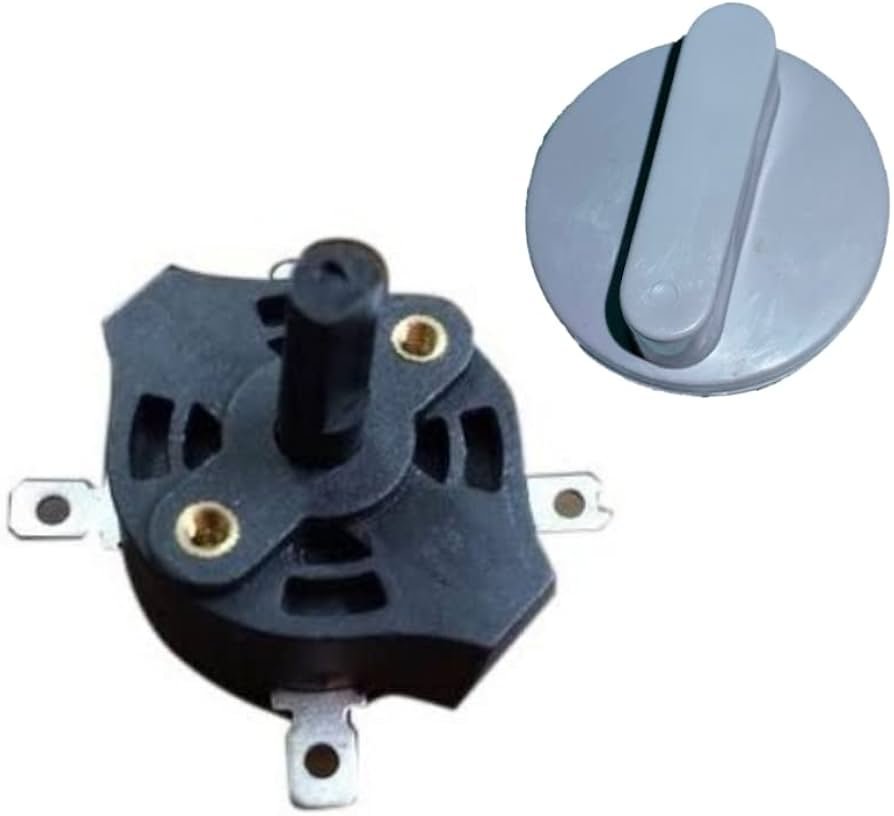
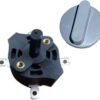

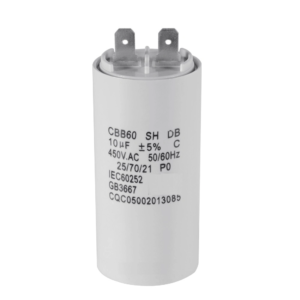
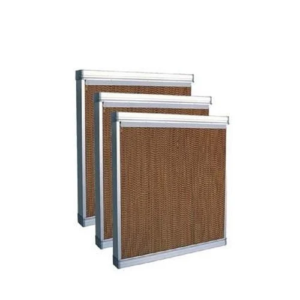
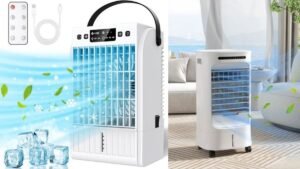
Reviews
There are no reviews yet.